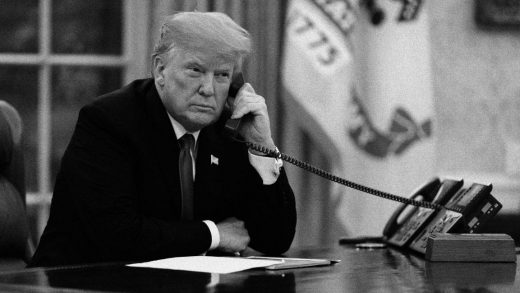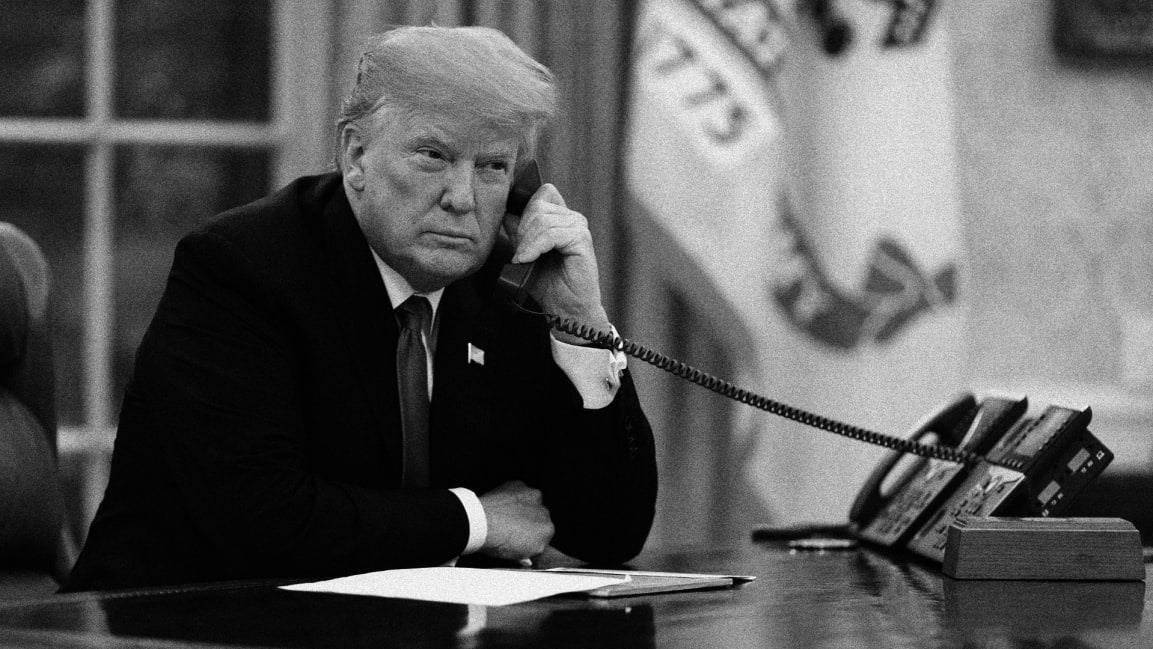Lobbyists bombarded Trump and Kushner with geofenced Twitter and Facebook ads
As long as there has been politics as usual, so too has there been lobbying. Groups representing a consortium of interests have long tried to figure out ways to get a leader’s ear. (The recent movie The Favourite depicts great examples of how members of Parliament were able to get Queen Anne’s attention in the early 1700s.)
While American democracy has generally worked about the same for the last many decades, lobbyists, it turns out, are facing newfound difficulties getting their voices heard by the Trump White House. In fact, a new story in the Washingtonian describes the new tactics the political persuasion professionals have had to utilize in the hopes of swaying Trump. One method many have reportedly turned to is geofencing digital ads.
The problem the lobbyists supposedly encountered is that they have no idea if the current president is listening and internalizing what they’re saying. They reasoned that perhaps the best way to influence Trump and his top confidantes is to bombard them with media sympathetic to their causes. And, indeed, that’s what the story says many have done.
A lobby organization representing international tourism, for instance, reportedly hired a consulting firm that sent geofenced advertisements on Twitter, Facebook, and YouTube to Trump and his aides. This means that the group created a digital barrier around various physical locations and targeted ads at whoever was within that perimeter.
With these targeting abilities, lobbyists can put a geofence around someone’s house or place of employment and send them extremely specific, tailored advertising. Here’s a salient example: “One consultant told me he has geofenced the Kalorama home of Jared Kushner and Ivanka Trump with digital ads in an effort to shape their views on an issue,” the article states.
In short, these lobbyists are hoping to infiltrate Trump’s psyche via digital osmosis. As the Washingtonian notes, Trump’s rhetoric and policy “came from the president’s own gut.” Thus, this is a way to feed said gut.
The irony is quite palpable. Many have claimed that Trump’s successful presidential campaign was thanks at least in part to savvy digital advertising that focused a great deal on micro-targeting. Trump’s advertising wanted to sow instability and feed content to specific masses that spoke to their basest gut instincts; lobbyists, it turns out, are doing just that to Trump, too.
The shenanigans don’t end with geofenced ads, either. The lobbyists also have reportedly been paying for TV ads during the time-slots of shows Trump is known to watch. Not only that, but they’ve supposedly paid to have commentators go on these shows, in the hopes that the president is watching and perhaps learning a thing or two from their talking points.
Political persuasion is a wild world, and these D.C. professionals have been trying any way they can to get their message across to the top decision makers. It’s still unclear if these new tactics work–but the old methods didn’t seem to be doing much good either.
You can read the full Washingtonian story here.
(16)



